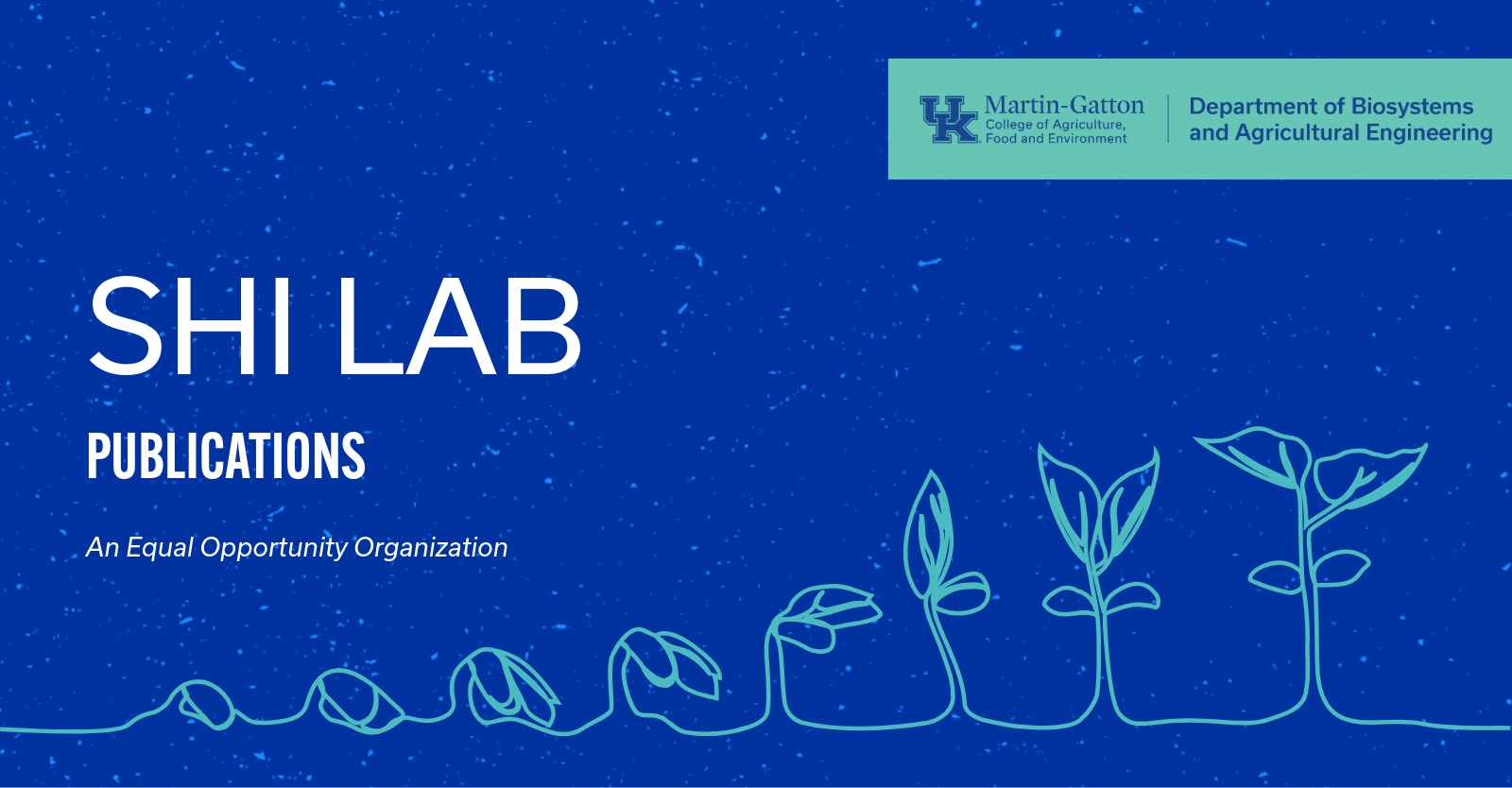Confined Enzymatic Esterification of Volatile Fatty Acids in Aqueous Solutions
Confined Enzymatic Esterification of Volatile Fatty Acids in Aqueous Solutions
Published on May 16, 2025

Abstract
Fermentative volatile fatty acids (VFAs) are sustainable precursors for various chemicals, fuels, and bioproducts. However, recovering VFAs from dilute aqueous fermentation broth is energy intensive and costly. This study demonstrates in situ esterification as a promising recovery method using a nanoconfined biocatalyst assembled by embedding immobilized lipase in lignin nanoparticle functionalized alginate beads. We evaluated two lipases and varying sodium alginate viscosities, observing that low-viscosity alginate exhibited better immobilization properties, retaining over 75 % of the entrapped enzymes during extended soaking experiments. Aspergillus oryzae lipase (AoL) showed superior immobilization efficiency, with over 97 % retention under the acidic condition. However, the entrapped Candida rugosa lipase demonstrated 20-fold higher catalytic activity than the entrapped AoL. The nanoconfined biocatalyst displayed enhanced esterification selectivity compared to free enzymes, especially in the reaction between ethanol and propionic/isobutyric acid. However, its overall catalytic activity was one to two orders of magnitude lower than that of free enzyme, likely due to mass transfer limitations. At 25 °C, the catalytic performance and esterification selectivity of these biocatalysts were comparable to Novozym® 435, but differed from Amberlyst® 15, which was only active at 70 °C and demonstrated selectivity for smaller VFAs, specifically acetic acid.
Authors
Can Liu, Jian Shi
